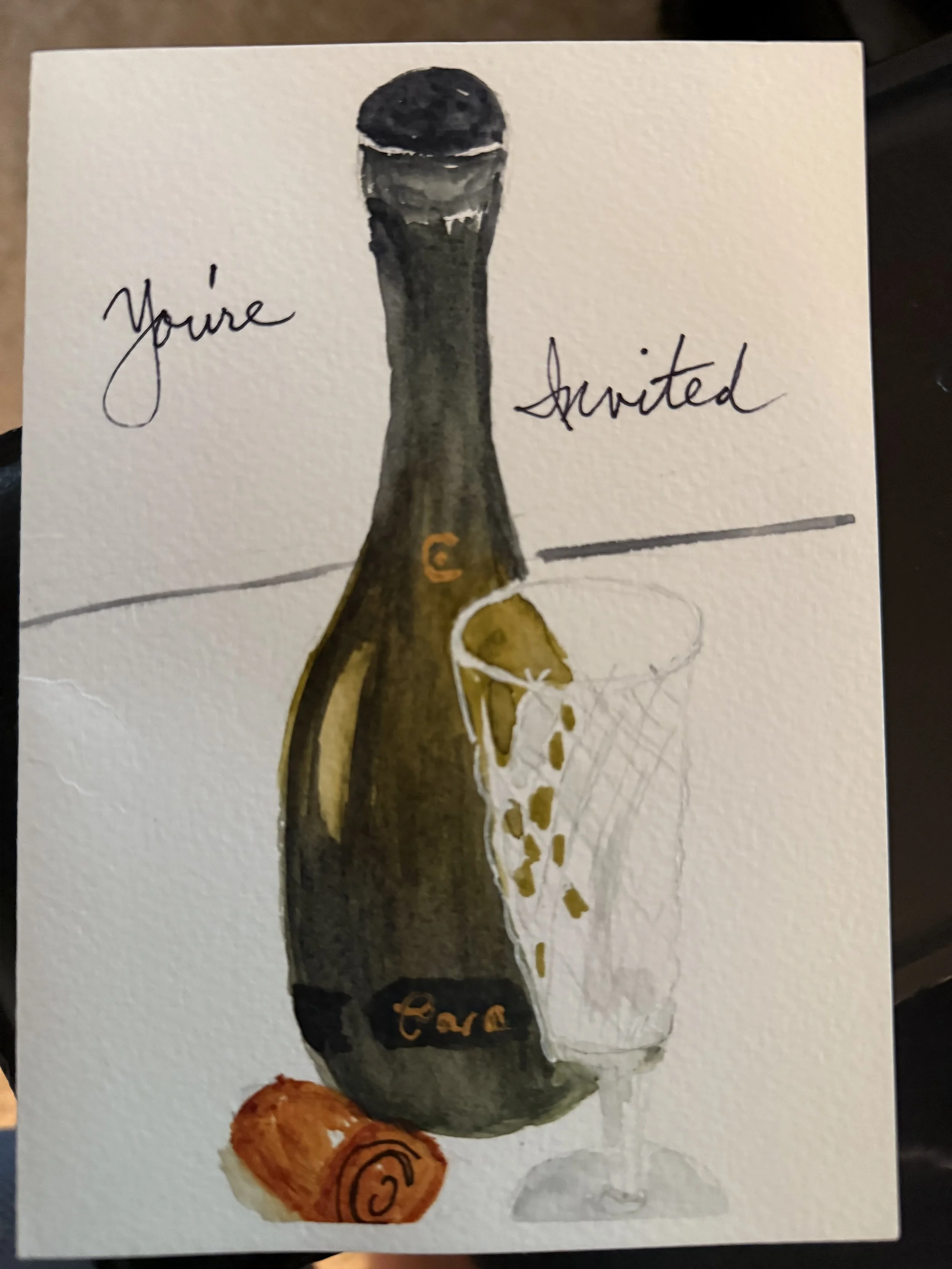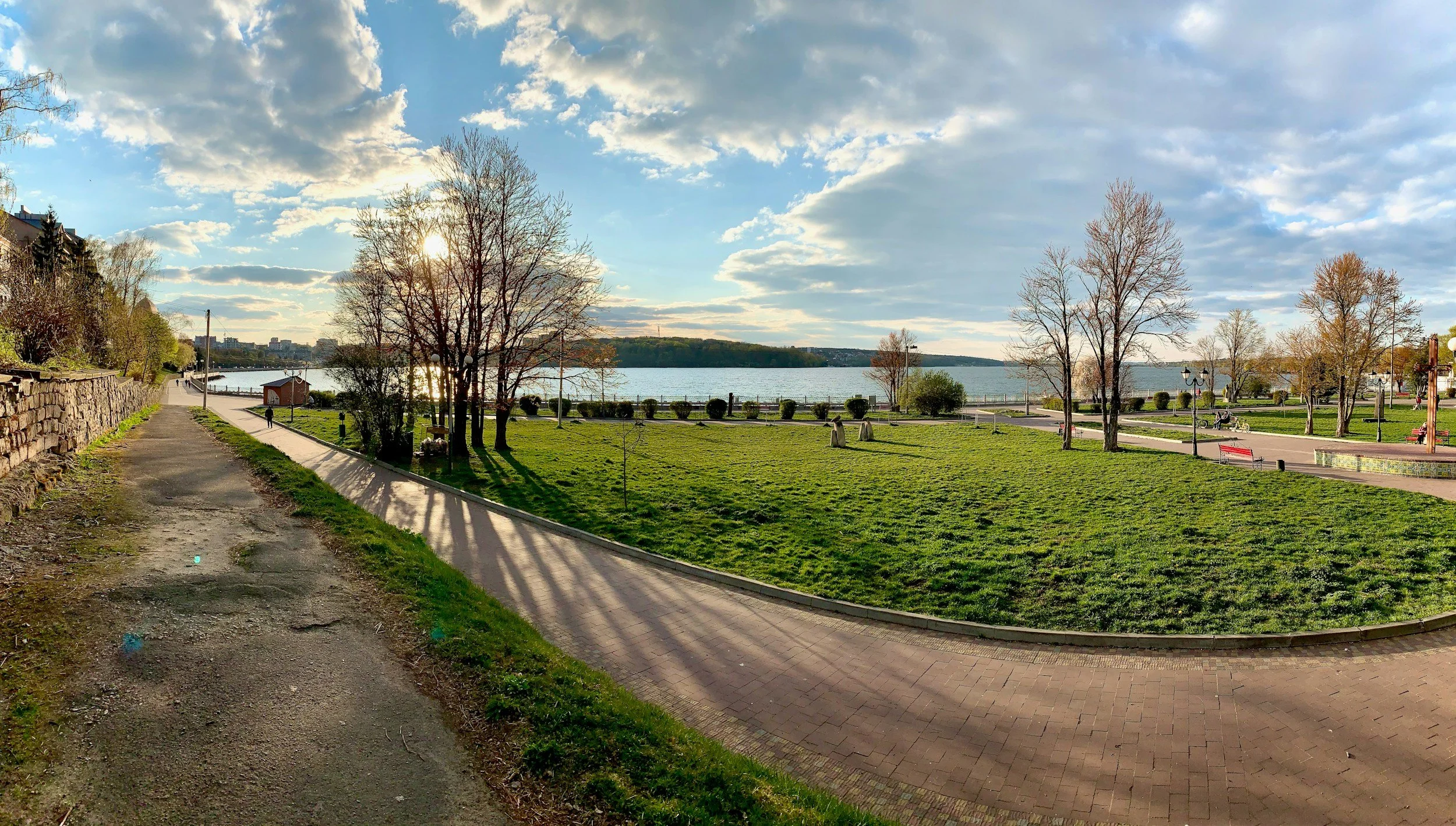When we find a Major suit fit and we are interested in game (specifically in the auction 1M – 2M), we want to have a good way to explore or invite game. The traditional way to do this is to ask for help in a side suit, using a Help Suit Game Try, HSGT. We additionally have 2NT available to make a general try for game (some play it as trump suit GT) and a raise to 3-Major to mean 1-2-3 Stop (or generally quantitative/general GT.) This structure is reasonably effective in exploring game. But it has two significant downsides:
(587) XYZ
When the auction begins 1X – 1Y – 1NT (where X and Y are different suit bids), the modern treatment is to play Two-Way New Minor Forcing. This approach uses both 2♣* and 2♦* as artificial and forcing bids by Responder. 2♦* is an artificial game forcing bid, while 2♣* is generally used to start invitational bidding sequences.
(586) 2-Way New Minor Forcing and Wolff Signoff
New Minor Forcing is an excellent convention for continuing the auction when Opener has shown a balanced hand that is weaker than opening 1NT. But after a New Minor Forcing bid, the auction often gets complicated if we don’t go straight to game. It can be confusing whether we are inviting game or trying to make a slam try – which bids are forcing and which bids are non-forcing? 2-Way New Minor Forcing is an upgrade to New Minor Forcing that allows Responder to better describe their hand and simplify and clarify the rest of the auction.
(585) Modified 2-Way Reverse Drury
The concept of having a conventional bid like Drury available to show a limit raise in support of partner’s Major suit when we are a passed hand is a regular part of most partnerships’ passed hand bidding structure. Given that making a 2/1 bid into a minor suit is not that attractive (or even possible!) by a passed hand, it makes sense to allocate both 2♣ and 2♦ as artificial raises of Opener’s third seat (or fourth seat) Major suit opening bid. Many partnerships that play Drury play 2-Way Drury, using one bid to show a 3-card limit raise and the other a 4-card limit raise. But a more sophisticated structure can allow us to describe even more hand types in the same bidding space.
(584) Exclusion Keycard
When we are interested in slam in a suit contract but have a void in one of the side suits, it adds some complexity to our slam bidding. We may be able to make a slam missing two Aces (or a grand slam missing an Ace), if partner does not have the Ace opposite our void. When exploring slam, we want to know if partner has that Ace or has the “good Aces”, the ones opposite our losers. One way that we find out about the location of partner’s Aces is by using control showing bids. This is especially effective if we use them to show first round control (if we play that our control showing bids could be 1st or 2nd round, then we know less about which Aces partner hold). There is a gadget that we can use in some auctions that allows us to try to solve this problem. This convention, called Exclusion Keycard, asks partner for their number of Keycards (or Aces if we play Blackwood), excluding one particular Ace – the place where we are void. This Exclusion allows us to find out if partner has enough of the “right Aces” for us to make slam.
(583) Problems with Kickback Keycard
Kickback is a convention that can make slam bidding easier, in that it gives us more space to ask partner for the Queen of trump, but it can also cause problems for us in the bidding. Any time we make a game contract (like 4♥ or 4♠) a conventional bid, there is danger that we have an expensive mixup with partner. Here we look at some classic danger auctions that may come up if we choose to play Kickback and then discuss some of the common partnership agreements or philosophies for how to handle these dangerous auctions.
(582) Kickback Keycard Ask
One of our most commonly used tools for determining if we should bid slam or not is Keycard Blackwood. The most popular version of this is 1430 Keycard. This tool allows us to exchange a lot of useful information with partner. We attempt to determine how many of the 5 Keycards we have, plus we also hope to be able to determine if we have the Queen of the trump suit. When ♠ is the trump suit, then we have plenty of bidding space to communicate, but when lower-ranking suits are the trump suit, using 4NT to ask for Keycards leaves us little room to exchange information without getting the auction too high. To fix this problem, some partnerships use Minorwood for their minor suit Keycard auctions, but this does not solve our problem in the ♥ suit. There is another approach, called Kickback, that tries to solve this problem. Let’s see how this works.
(581) More Specific Kings
In an Ace-asking auction, when we make the follow-up bid to ask partner about their Kings, we usually do so to investigate a grand slam (though some partnerships do this in order to determine if 6NT is good contract). Most partnerships start with the agreement that they answer this question by showing their number of Kings. But sometimes, a Grand Slam is not about partner having 2 or 3 Kings, but about them having the right single King. This “right King” is often the one opposite our long suit – allowing us to produce a large number of tricks. To get this information, many partnerships evolved their King-showing methods from “number of Kings” to “Specific Kings.” Here we look at how we can use Specific Kings in a variety of our Ace-asking auctions.
(580) More Queen Asks
When we move from playing Blackwood to Keycard Blackwood, we improve our slam bidding by including a discussion of the trump King and Queen. Playing Keycards (let’s say 1430), then partner’s answer to our 4NT ask sometimes tells us if they hold the trump Queen and other times does not. In the latter case we need to be able to ask partner if they hold the trump Queen, as we do not want to bid a slam missing a Keycard and the trump Queen. Let’s look at how we ask partner about the trump Queen in a variety of different auctions.
(579) Upgrade to Jacoby 2NT
Jacoby 2NT is a useful convention, but many players choose to try to improve it. The modern expert 2NT response to a 1M opening showing a limit raise or better (LR+), instead of game forcing, has many different inventors and advocates. In Europe, it is known as Limit Sternberg while in America, Larry Cohen popularized a similar approach. Let’s see how this works and how it can help improve our bidding. This one is fun for system bidding fans!
(578) Preempt Keycard
(577) Jump Shift Structure
When Opener makes a jump shift into a new suit with their second bid, it is a strong bid that creates a game forcing auction. This is a good bid because it ensures we reach game, but it is a bad bid because it eats up a lot of bidding space without fully describing our distribution. This is a problem. One of the most difficult opening hands to describe to partner is the unbalanced single-suited (one 6+card suit) hand with 18-19 HCP. This is one of the strongest hands that does not open the bidding 2♣. With this hand we usually open our suit at the 1-level and after partner responds at the 1-level, we lie in a minor suit. If our one suit is a Major, then we show our strength by making a jump shift into 3♣, even when we have very few ♣ (as few as 2 cards.) With this bid we create a game forcing auction (showing our values), but we distort our shape (partner expects that we have at least 4 cards in the ♣ suit). This can cause some confusion with partner if they have a large fit for our ♣ suit. We would like to have a way to let partner know that this jump shift is done on a single-suited hand, not on a two-suited hand. Let’s look at a system that helps us improve our jump shift methods.
(576) Kokish Over Strong 2C
Balanced hand bidding is relatively easy. We can usually describe our hand to partner by opening 1NT or rebidding 1NT. This lets partner know both our points and our hand type with either our first bid (when we open 1NT, the best situation) or with our second bid (when we rebid 1NT). However, if we have a big balanced hand then we need to have tools for describing our hand as well. These usually involve the use of 2NT – as a rebid, an opening bid, or even a rebid after having opened the bidding 2♣. But this does not solve all our bidding problems when we have these large balanced hands. Let’s look at these auctions in detail, see some of the issues, and then look at a useful gadget called Kokish to help us bid better.
(575) Freebids by a Passed Hand
When partner makes a bid and we choose to bid a suit of our own, it is called a freebid. In most normal situations freebids show values (called positive freebids) and are often forcing 1-round. We’ve all heard the saying -- a new suit is forcing by an unpassed hand. Unfortunately, this is not always true, but it is often our agreement. Let’s look at freebids made by a passed hand and see how the fact that we have already passed changes these situations.
(574) Fit-Showing Jumps
Jumping in the auction eats up a lot of bidding space, which is likely to make communicating with partner more difficult. Since our jump bid may make future communication more difficult, it should have a specific meaning. When partner opens the bidding, Responder’s jump shifts can be used to show a variety of different types of hands. We need to decide, as a partnership, which ones we want to use. We will choose different agreements for different situations.
(573) 2NT Raises in Competition
One of my favorite sayings is “2NT is a convention, not a contract.” In specific situations, Responder can use 2NT as conventional raise of Opener’s suit. Sometimes we need to choose between several different conventional methods for competitive auctions. Here we look at our options for how to best use 2NT.
(572) Bergen Raises
When responding to partner’s 1-Major opening bid, Responder tries to apply the Law of Total Tricks (LOTT) – getting to the size of the partnership’s fit as quickly as possible. This is particularly true in competitive auctions but is also useful in constructive auctions. Responder must balance showing the size of their fit with showing their values. This LOTT bidding is especially effective when our side has a 9+card fit. In this case, the auction is likely to become competitive if the opponents have some values as well. Predicting this to happen, we would like to be able to compete to the 3-level with a 9+card fit as quickly as possible, eating up the opponents’ bidding space while showing our values. Bergen Raises are a set of conventional bids Responder can use when responding to a 1-Major opening bid with 4+card support (at least a 9+card fit). Let’s see how this system works.
(571) Spear
When the auction begins 1m – 1NT (both bids by the opponents), it is rare that we want to compete in a minor suit. Usually in these auctions the opponents have the minors, since Responder has denied a 4-card Major. (Even if we have a 5+card minor suit, it could still be best to pass and defend 1NT.) In these auctions, it is effective to play a system geared towards the Major suits where we are most likely to have a fit. Spear is an artificial system that uses all the bids at the 2-level to show different Major suit hands. This gives us more options for how to compete in the bidding. Let’s see how it works.
(570) Cuebids of Many Kinds
The modern game continues to create interesting auctions and we need to make sure to discuss how to respond to new situations with partner. Some of the most interesting (and useful) competitive bids are when we use a suit that the opponents have bid – called a Cuebid. There can be many different meanings for bidding the opponent’s suit. A cuebid is a tool used in a variety of different ways based on the situation. We vary the meaning to describe the hand that is most logical and often most difficult to describe in another way. Let’s take a look at cuebids of the opponent’s suit in a variety of different auctions and make sure we are on the same page with partner about the meaning of these calls.
(569) Rosenkrantz Redoubles
When Left Hand Opponent (LHO) opens the bidding, partner makes an overcall, and Right Hand Opponent (RHO) makes a negative double, then Advancer is in the middle of a complex competitive auction. Traditionally, a redouble in a competitive auction shows a strong hand (10+ points), but with everyone bidding it is not likely that Advancer is too focused on showing values. Instead, we want to design our agreements to let us best describe the most common kinds of hands. In this auction, Advancer having lots of values is not common. Let’s see how using redouble as a conventional bid, called a Rosenkrantz Redouble, can be more effective than this traditional value-showing redouble.




















